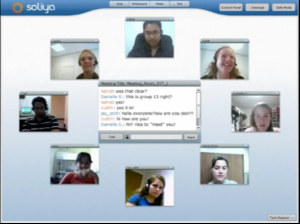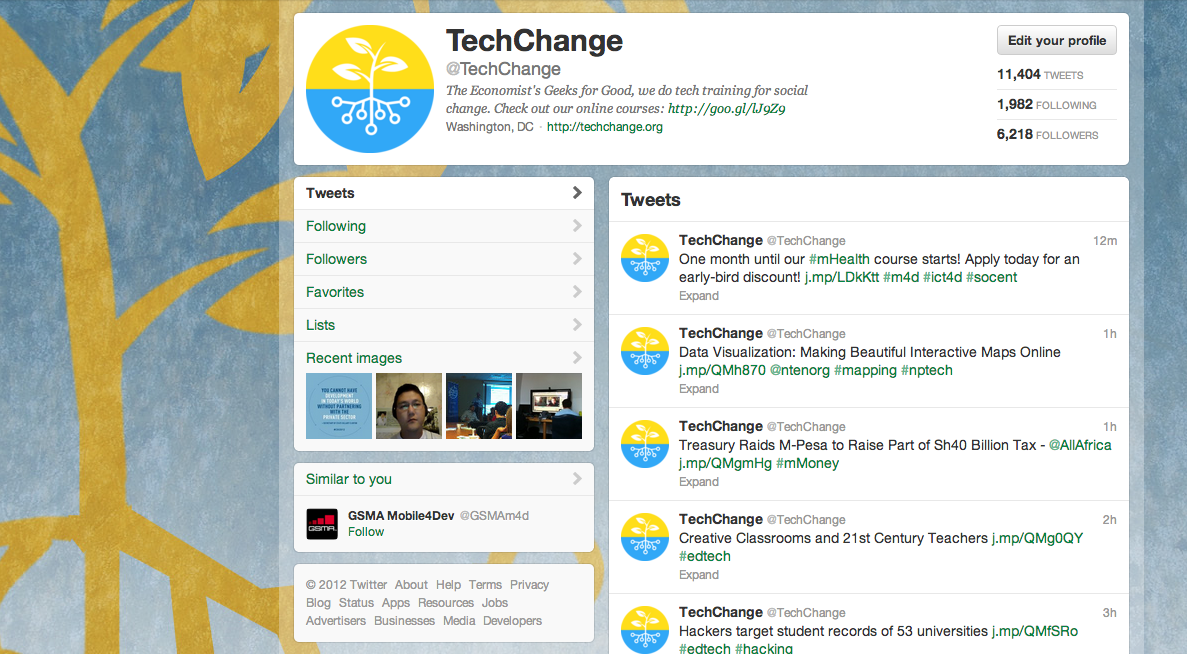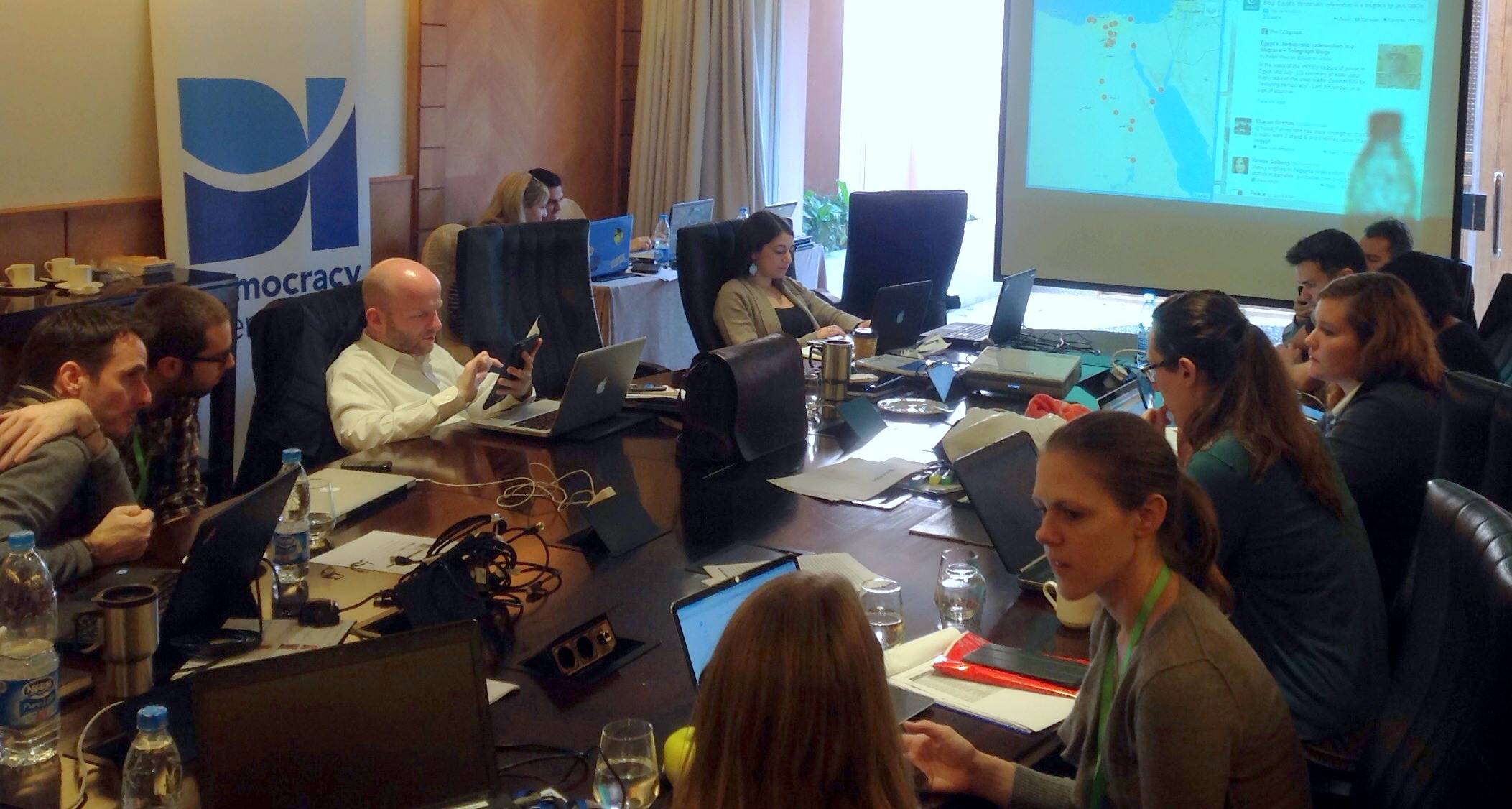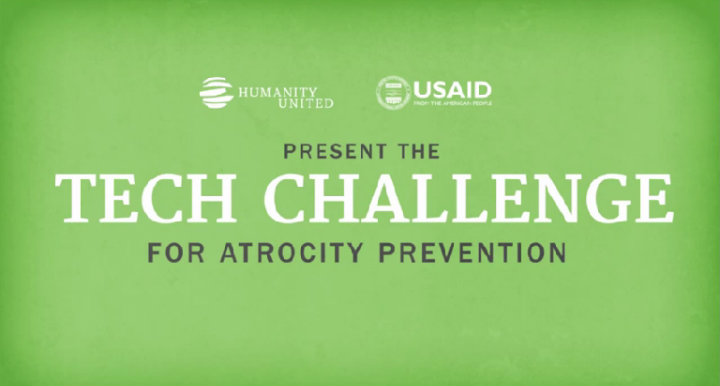This is part one of a two part series on Exchange 2.0.
Even though I never had the chance to do a study abroad, for ten years of my life I had over 150 international students live in my house, which practically made up for it. They all came to learn English, but after sharing a dinner table, a bathroom, and a TV with them I learned quite a lot about their culture too. My family noticed after a few years that the amount of students that would come from each country would fluctuate depending on their nation’s economic health. Now with highly accessible online interaction, a new type of youth exchange program has formed that isn’t dependent upon travel and accepts exponential amounts of students— it’s called Exchange 2.0.
Judith McHale coined the United States Institute of Peace Exchange 2.0 event in these words, “Exchange 2.0 is not a replacement for the tried and true methods of exchange, it’s a complement rather than a competitor.” Sixty percent of the world’s population is under thirty-years old. They are not only the primary activists of the communication movement, but they will be “the drivers of change in the coming decade.” The event explored structured methods that organizations, businesses, and governments are combining social media technology with education, because without a structured interaction, as Ambassador Adam Ereli warned, contention can still grow in conversations without moderators.
The conference highlighted some very innovative organizations and the way that they are leading the Exchange 2.0 pack. First, iEARN, which celebrated its twentieth anniversary not long ago, collaborates over 30,000 schools in over 130 countries to help students work on projects with each other. Forums and conference calls are set up between classes from different countries to build relationships, understanding of cultures, and increase tolerance. For example, one school in Redwood City, California and another in Karachi, Pakistan discussed in a Skype conference call how they can be producers of news and media rather than just consumers. Second, Global Nomads Group links school curricula with video conferencing with individuals that have been affected by important world events and where students are facilitated in discussions about international issues. We watched a video of a classroom of students talking with Rwandan genocide survivors to be able to develop a personal understanding of the tragedy that occurred. Another classroom of students of Katrina survivors video conferenced with a classroom of Haiti earthquake survivors and they got to share how they each overcame challenges. Third, Soliya has partnered with the United Nations to connect and train university students on conflict resolution and leadership skills that are used in the video conferencing Connect Program. Their aim is to increase peace and tolerance between the West and Arab regions by engaging the youth in these chat-room type discussions that supplement their university education. We watched a video of about ten students, each appearing to be from a different country, all discussing the role of religion in their countries. By the end of the video conversation, many students were commenting to the effect of, “Ohhh, that’s what Christianity means in your country. I wish I talked to you about this a long time ago!”
These three programs show how online discussions, when done right, establish empathy across international borders in a way that has never been done before. Now practically all students of all ages and economic backgrounds can develop relationships with one another, which adds up to a lot more peace in the future.
The social capital that Exchange 2.0 can generate is astounding. Now you can be trained to be a leader right from an Internet café screen. Within the next two to three months, noted Ambassador Ereli, a new country will be born in the Sudanese region. It won’t have roads, but it will have cell phone towers. People will be able to organize more effectively than ever and with growing cultural understanding, they will be able to do so more peacefully than ever.
I remain with two concerns about Exchange 2.0. As I quoted in the beginning, digital intercultural conversation is meant to be a complement not a replacement to face-to-face interaction. But for most of the world that doesn’t have the means to travel, this will be the only option that they have. It won’t be a complement nor a replacement, it will just be the only way that they develop relationships with others across borders. Even though it is incredibly cost effective in terms of audience reach, how can we ensure that these relationships go deep enough that they actually change behavior? One way that was discussed in the event was to start off students at a young age and assimilate them into an intercultural world. Also, we will need much more investment and innovation from the public and private sectors so Exchange 2.0 can not only be truly universal, but somehow foster meaningful relationships. And secondly, if the exchange of information is going to be increasingly easy, what messages do we want to be sending to other nations? Collective actions studies have shown that the Internet can get entire groups of people to act in a certain way, even if many of the individuals within the group disagree with the behavior. While I don’t think Exchange 2.0 will lead to a homogenization of culture, I do believe that we want to be sure we are promoting the right messages, because as Judith McHale said, “we are all citizen ambassadors.”
Did you attend Exchange 2.0? What impressions did you come away with? How do you think Exchange 2.0 will play a role in foreign relations building in the future?
If you’re interested in learning more about Exchange 2.0, take a look at UPEACE’s class, New Technologies for Educational Practice that starts July 4th in Costa Rica.




